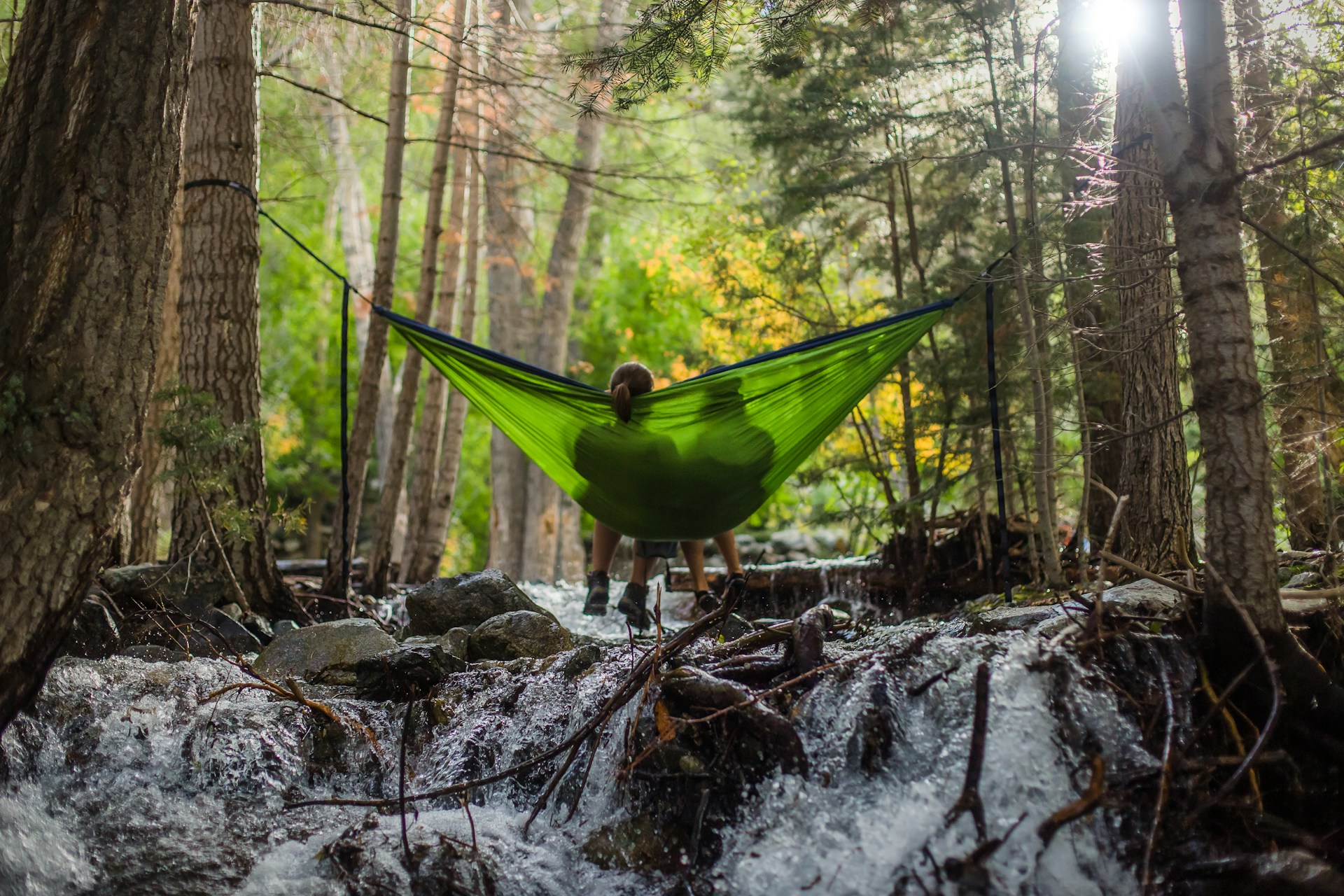There’s something undeniably charming about the notion of drifting off to sleep in the heart of Mother Nature. Whether you find yourself nestled in a hammock, lounging in a comfy garden chair, or stretched out on a blanket under the grandeur of a towering tree, napping outdoors offers an opportunity to connect more deeply with the world around you, and offers an array of wellness benefits. Equip yourself with the right strategies and it’s not just a fairytale, but an achievable dream.
Why, though, should we consider taking our naps outdoors, especially in a country like the USA where we’re blessed with diverse natural landscapes and climates? We’ve all felt the rejuvenating effects of outdoor activity, such as hiking or gardening, but few consider extending this engagement with nature to our rest periods.
Napping in nature can have profound benefits both on our body as well as mind. Exposure to fresh air and natural surrounds during your nap can lead to deeper, more restorative sleep. Furthermore, napping outdoors exposes you to diverse sounds of nature and sensory experiences, leading to enhanced relaxation.
Let’s delve deeper, using the example of babies and children. Recent research reveals that napping outdoors can extend sleep duration for infants due to the calming effects of cooler air. Limiting exposure to enclosed spaces also reduces their contact with germs, lowering the risk of catching common colds. They get to bond with nature early in life, which not only has a calming effect but also fosters a longer-term affinity with the outdoors. Plus, children accustomed to napping outside adapt more easily to different environments as they grow, making adventure trips a breeze for parents.
However, as charming as outdoor napping sounds, ensuring comfort and effectiveness may spark a few questions. How does one make the best of this natural napping opportunity? The answer lies in a blend of preparedness, adapting to natural conditions and tuning in to the rhythms of nature.
- Choose a spot with just the right amount of shade and sun. This will prevent overheating during warmer parts of the day while allowing you to soak up beneficial Vitamin D.
- Think about your confort. If you plan to nap frequently, invest in a soft, weather-resistant outdoor mat or a swinging hammock. For spur-of-the moment naps, a thick blanket and a comfy pillow will suffice.
- Ensure you’re safe. Scan the area for potential dangers such as harmful plants or insect nests. Remember to apply natural insect repellent before your nap.
- When napping under trees, choose a sturdy tree with no loose branches overhead.
- Consider a soft eye mask and earplugs if you’re in a more urban outdoor environment, to block out distractions.
Getting the knack of napping in a hammock might take a bit of time, but the gentle sway is incredibly soothing once you get used to it. For those preferring a garden lounger, find a good position that supports your back and allows your body to relax. If napping under a tree is your choice, ensure there are no falling hazards (like loose branches), and remember to nestle into the contours of the tree roots for support.
In conclusion, adopting the practice of napping in nature can enhance our relationship with our surroundings, enhance our wellness, and provide a unique path to relaxation. Napping in nature is more than just an idyllic dream; by approaching this age-old practice with preparation and respect for the environment, we can reintroduce a dose of wilderness into our lives, reaping many physical and psychological benefits along the way.




